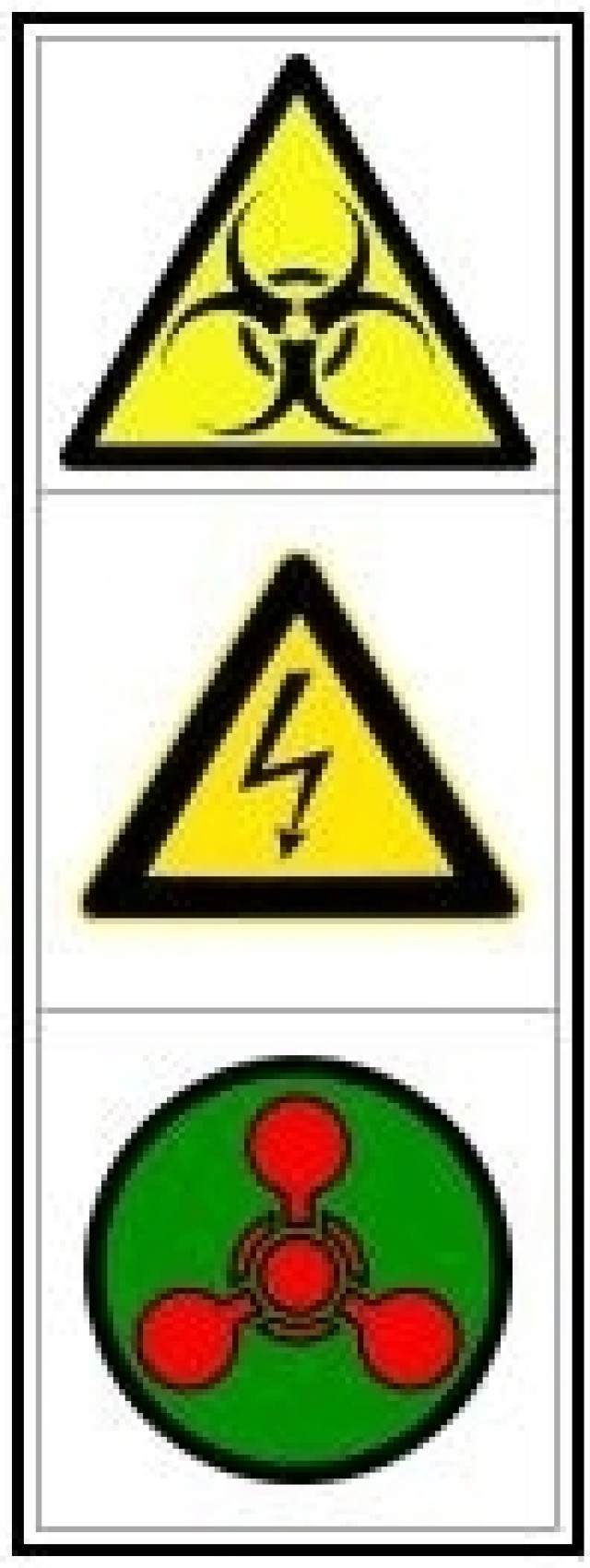Ensuring dominant land force capability for Soldiers, the United States and our allies, is all part of a day's work for the many men and women of the U.S. Army Materiel Command.
Directly involved in providing warfighters with the weapons systems, protective armor and battlefield supremacy essential to increased survivability in combat and protection from battlefield hazards, your efforts are critical.
This mission is occasionally and sometimes inherently hazardous, and personnel safety is important to Army. This article is the first of several to spotlight what AMC is doing at depots, arsenals, and across the command to prevent illness, injury, or worse in the workplace.
The Pine Bluff Arsenal Safety Office is responsible for anticipating and identifying unhealthy work environments; implementing safe business practices; and developing policies, training programs, and initiatives that promote employee safety.
Given the diverse chemical and conventional munitions production, storage, and disposal activities performed at the 15,000 acre Arkansas command, this is a critically important-and challenging-task that each employee is accountable for.
Brig. Gen. William Phillips, Joint Munitions and Lethality Life Cycle Management Command commander, recently noted, "Nothing is more important to our workforce than safety. Every teammate within our LCMC is a safety officer--bar none."
In addition to conventional munitions production, PBA employees oversee safe storage, demilitarization, and disposal of about twelve percent of the nation's obsolete chemical weapons, and are the only activity capable of filling white phosphorous munitions in the Northern Hemisphere.
As of July 2008, over 9,000 land mines filled with nearly 100,000 pounds of lethal VX nerve agent have been safely destroyed. Unfortunately, accidents aren't always prevented and their consequences must be addressed quickly.
When injuries occur, employees and managers become mutually involved in the immediate treatment of injuries, notification process, safety reassessment and offset of productivity losses.
For more severe employee debilitations, an Injury Compensation Program Administrator, or ICPA, usually will assist the employee in filing a workers compensation claim. Workers compensation never eliminates the pain and discomfort of an injury, but exists to help injured workers recover and return to their jobs.
For many injured employees, returning to the front lines of support operations is triumphant end to a journey they never wished to face. To the Soldier, low accident rates ultimately translate into readiness and vital continuation of their sustainment pipeline.
On-the-job accidents and workers compensation claims increase operating costs and steer manpower, financial resources away from high priority tasks. Pine Bluff Arsenal has proven they can be mitigated - in 2008, 62 fewer cases were reported and workers compensation and injury costs were reduced by 23 percent.
PBA's extraordinary efforts have resulted in no new long term cases in 2008, and PBA has far exceeded the Department of Labor's Safety, Healthy, and Return-to-Employment 2008 targets.
AMC commends Pine Bluff Arsenal for sustaining a culture of safety, reducing accidents and injury compensation costs, and for the assistance they consistently provide to injured and recovering personnel.
One of the tools PBA has utilized to assist injured employees in returning to work is the DoD Pipeline Program. The Pipeline Program initiative provides funds and flexibilities that have helped 607 injured DoD employees return to work and decreased Army's 2008 potential lifetime costs by an estimated $180 million.
While celebrating PBA's reductions in accidents and injury severity, it is important to again highlight the benefits of prevention. Nearly two-thirds of injury costs incurred at PBA in 2008 were attributed to unsafe manual handling, slips and falls; three-quarters of compensation costs were for back conditions and other strain injuries. Using proper and approved techniques, paying closer attention and wearing protective clothing (or not wearing unauthorized attire and jewelry) are just a few simple ways we can all contribute to a safer work environment and improve the safety record within AMC.
When serious issues arise, develop a relationship with your command's safety office and point out where a safety review may be warranted.
Finally, if you see others performing their duties in an unsafe manner, remember your intervention could prevent injuries, illness and even death.
Bottom Line Up Front. Taking care of injured employees is a big responsibility, with an equally big workers compensation budget. Could some of these injuries have been avoided'
Top 5 Causes of Named Injuries:
1. Manual Handling............ 38%
2. Slips, Falls, Trips............ 26%
3. Dust/Chemicals............... 10%
4. Falling Objects.................. 2%
5. Transportation.................. 2%
Top 5 Injury Compensation Costs:
1. Musculoskeletal Strain...... 43%
2. Back Conditions.................. 31%
3. Contusions/Abrasions ...... 6%
4. Respiratory........................... 6%
5. Hearing Loss and Burns ... 3% (tie)
SOURCE/DATA: Pine Bluff Arsenal, FY2008 Cost Analysis
For more information regarding HQAMC Safety, contact the AMC Safety Office at 703-806-8695 or e-mail john.manfre@us.army.mil.


Social Sharing